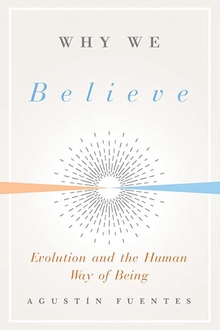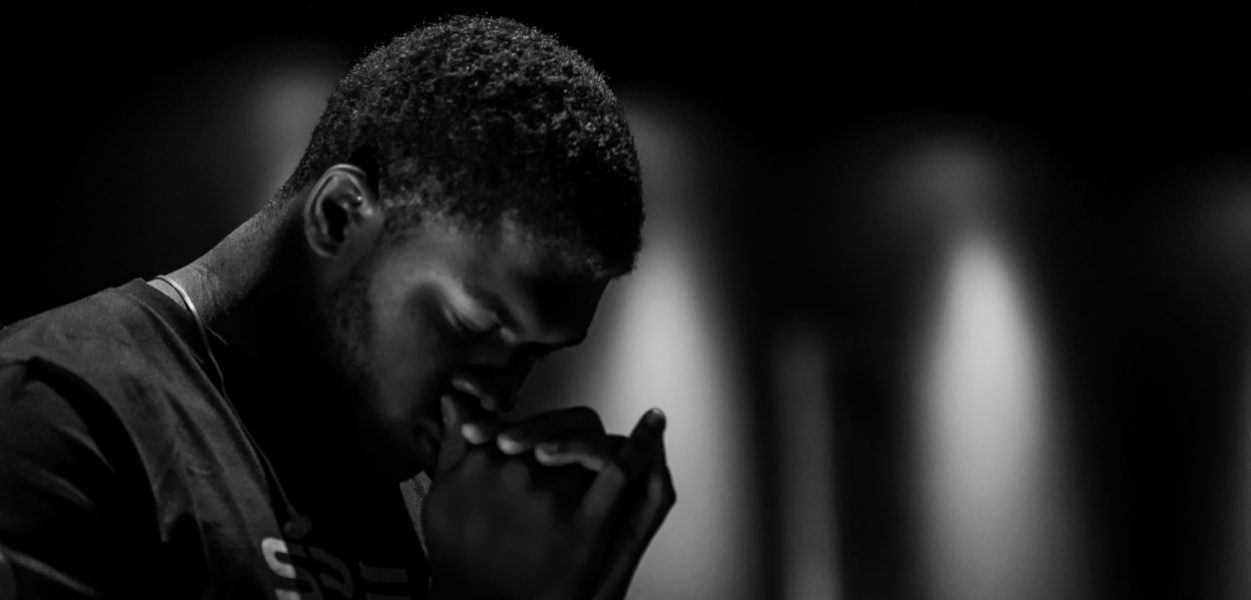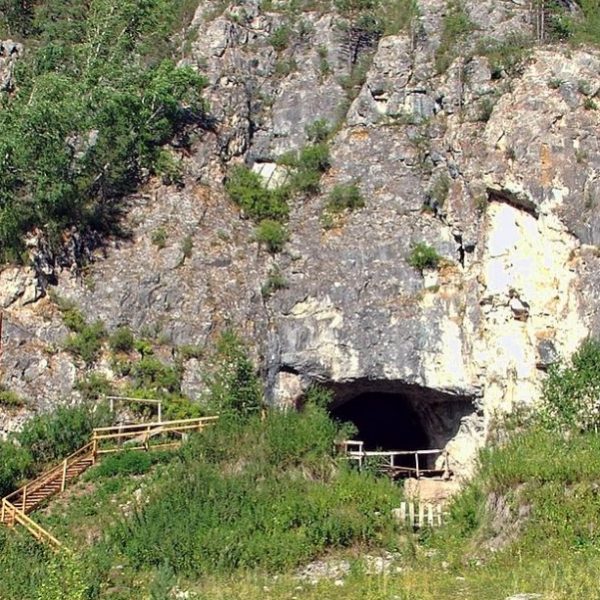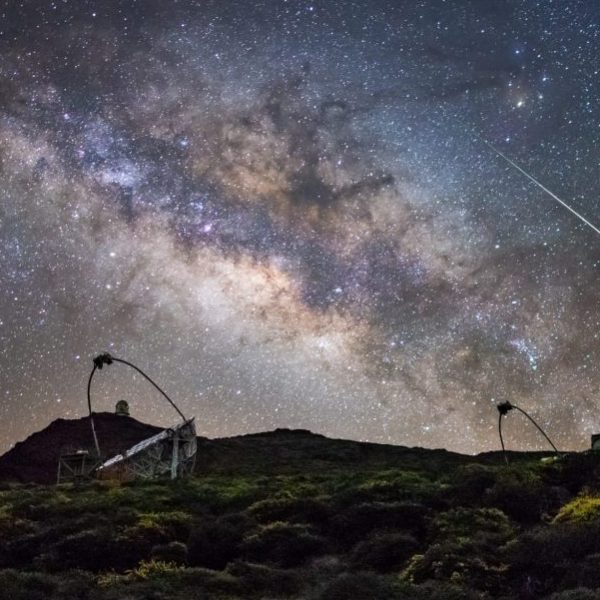There Are No Non-Believers
Agustín Fuentes—
We all believe. But we are not all religious.
Belief is an evolved capacity that incorporates our neurobiology, our behavior, our cultures, our histories, our individual development and experiences. This enables humans to live in the here and now, in the moment, in the material world, and to simultaneously know that there is much more to existence than what we can see, feel, and hear. Belief is the ability humans have to deploy our neurobiological, perceptual, and experiential systems to create realities, material and immaterial. It is not just about religion. It shapes and structures the way we see, interact, and create the world.
Beliefs emerge as we develop and experience the world and fuse the outcomes of these processes together with our imaginations and the influences of others. Through this process, humans are able to create mental representations and neural connections, developing ideas, concepts, understandings, that sear into the core of who we are.
Once we believe in something, our mind operates such that as information comes in, we perceive it in particular ways. This neurobiological, social, and psychological reality (the belief) literally shapes the pathways by which we see and experience the world. Our eyes and ears receive information connecting to our neurobiological and other bodily systems, where it is filtered, analyzed, and digested based on the templates, connections, and mental representations we hold: based on our beliefs. This process acts to channel and focus our attention, often in a manner reinforcing the beliefs we already have.
To believe is to truly fall deeply and madly in love with something such that it is part and parcel of our everyday interface with the world. This is where religion comes in.
For any religion to work, a human must be able to commit wholly, fully, deeply, and really to the precepts of the given faith tradition—we must be capable of being religious. The term “religious,” borrowing from Clifford Geertz, means the use of one’s capacity for belief in the context of becoming with particular perceptual, experiential, and agential practices, involving the transcendent, that act to establish powerful, persuasive, and long-lasting moods and motivations that may be but are not necessarily tied to specific formal doctrines, practices, texts, or institutions. This is different from “Religion,” borrowing from Emile Durkheim, which is the formal coalition of religious beliefs and practices (rituals) and the material symbols and structured institutions that unite them into a single community via specific theological doctrine and ritual. Therefore, all humans can be religious due to our capacity for belief, but millions of us might not use this capacity to become committed to a religion per se.
So, belief itself is a capacity, and it can play out in many more ways than being religious. Belief is central to the function of economies and national politics, to the social dynamics of community histories and social mores—all require certain patterns and contexts of belief as core to their function. For example, the green paper currency with images and writing on it that represents a USA $20 bill would be nothing but paper if we did not have a belief system underpinning it.
Belief structures the way in which we act, how we think the world should be, and for each of us, how it is.
When I say there are no non-believers among humans, I mean it. For humans, throughout our two-million-year evolutionary history, the capacity for belief developed in such a way that it became a central component of our adaptive toolkit. It is at the core to the construction of the human niche, the way our ancestors achieved success in the world, and the way we still do. Belief is a capacity that has enabled us to reach the amazing successes of the twenty-first century. Belief also enables us to achieve the incredible failures, the horrors of violence and destruction, we excel at here in the twenty-first century.
Why does any of this matter? Because, in a contemporary landscape when we say people believe something, we often liken that to the statement “It’s all in their head.” This is not correct. Belief is neither blind faith nor about being fooled by a lie.
When people believe something, one might think they’re being fooled into committing, that these people don’t understand reality. That if just given enough information, some data, some facts, they’ll recognize that these are just false beliefs and not reality and move on. Or move toward what we want them to believe. That’s just not the case. When someone believes something, it becomes something they’re wholly committed to, and it is their reality. It shapes the way they perceive and receive information.
For humans, belief is part of who we are, and it arose as a capacity through our evolutionary history. We are human, and thus we believe, all of us. But what we believe and what we do with those beliefs, well that is what is going to shape the future, hopefully for the better, but possibly for the worse.
Agustín Fuentes is the Edmund P. Joyce C.S.C. Professor of Anthropology and chair of the department of anthropology at the University of Notre Dame.
Further Reading:



























